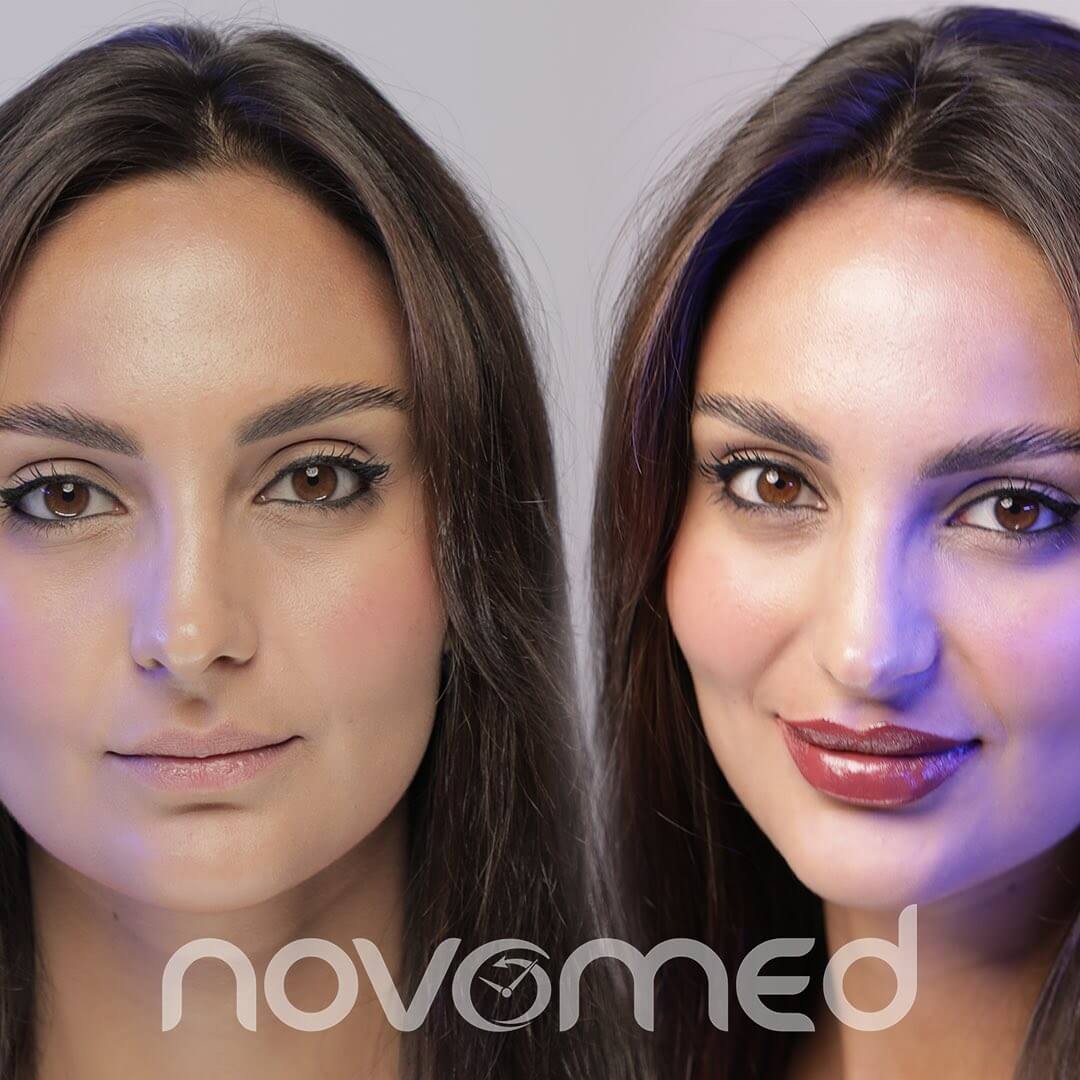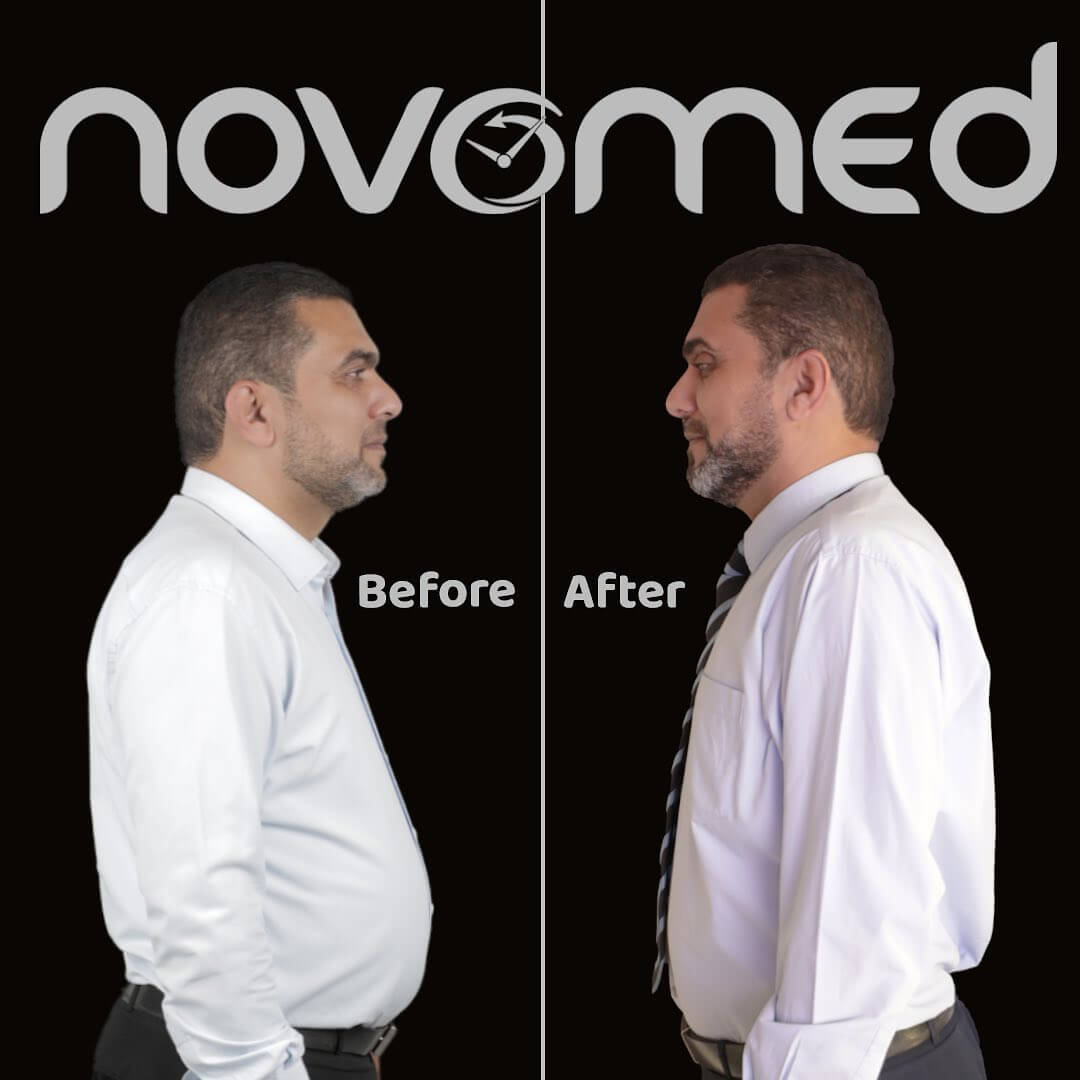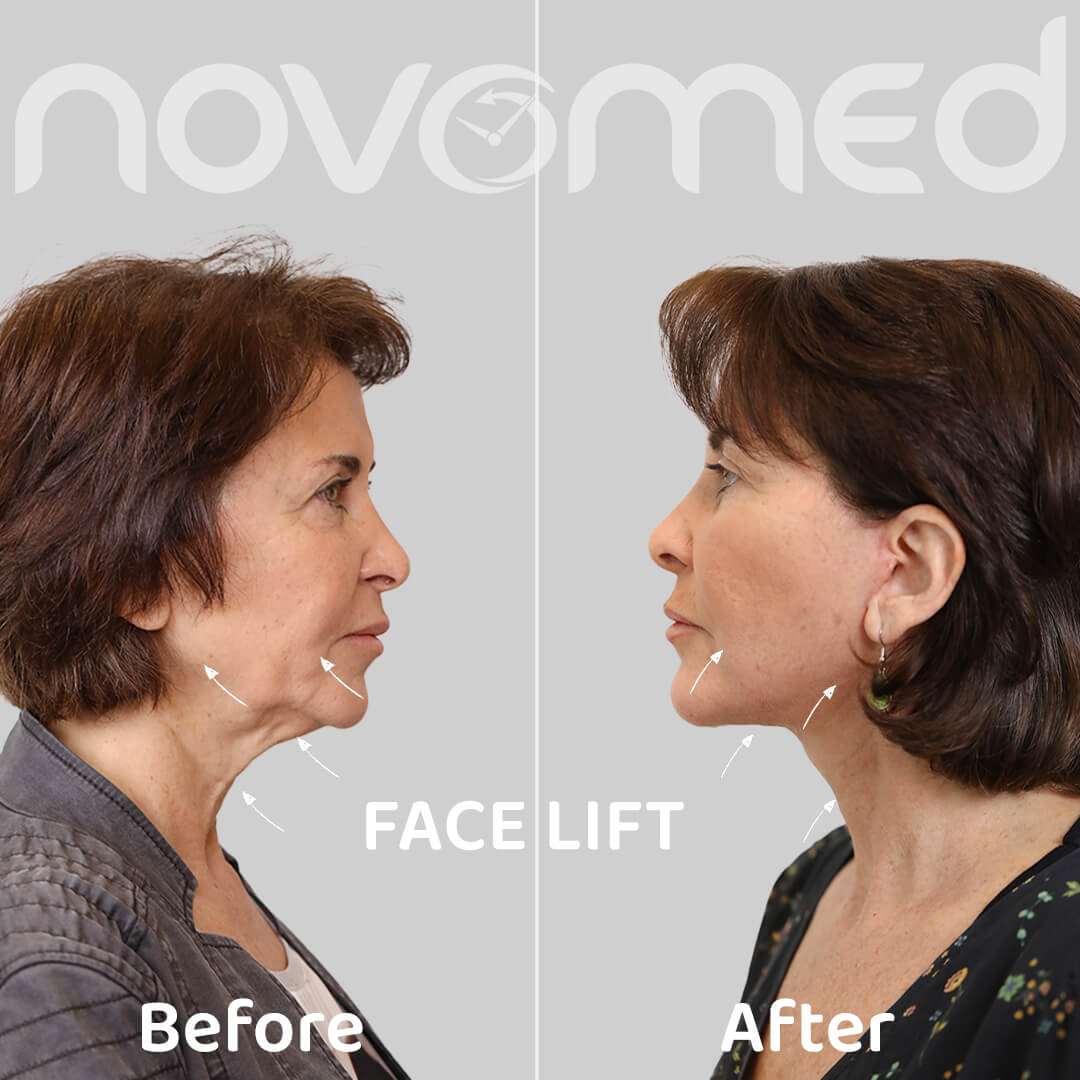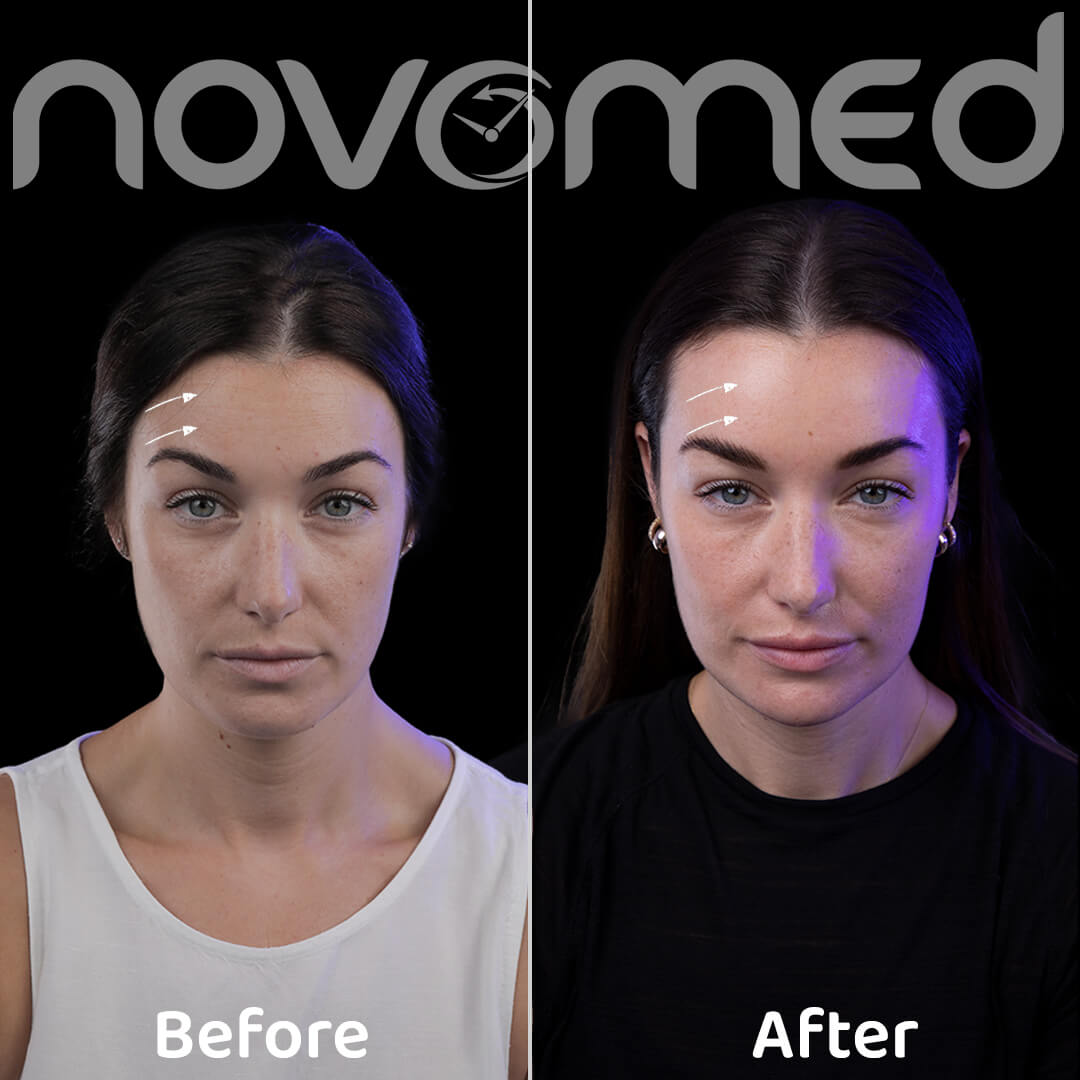What is a stroke?
A stroke occurs when the blood supply to a part of the brain is cut off or reduced. This prevents brain tissue from getting oxygen and nutrients. Brain cells begin to die within minutes.
A Stroke is a medical emergency, and it requires a prompt treatment. Early treatment can reduce brain damage and help prevent stroke-related disability.
What are the symptoms of stroke?
- Trouble speaking and understanding what other people are saying. You may experience agitation, slurred speech, or have difficulty understanding speech.
- Paralysis or numbness of the face, arm, or leg. This often occurs on one side of the body. Try to raise both arms over your head at the same time. If one arm begins to fall, you may have a stroke. Also, one side of the mouth may drop when you try to smile.
- Difficulty walking. You may stumble or lose your balance. You may also experience sudden grogginess or dizziness.
- Headache. Having a sudden and severe headache, which may be accompanied by vomiting or lightheadedness, may indicate that you are having a stroke.
- Vision problems in one or both eyes. You may suddenly feel blurred vision or blindness in one or both eyes, or you may have double vision.
What are the causes of stroke?
There are two main causes of stroke: a blockage of an artery (an ischemic stroke) or a leakage or burst of a blood vessel (hemorrhagic stroke). Some people may develop a temporary decrease in blood flow to the brain, known as a transient ischemic attack or TIA, and it does not cause permanent symptoms.
Some preliminary research indicates that infection with the emerging coronavirus disease (Covid-19) may be a possible cause of ischemic stroke, but more studies are still needed.
Hemorrhagic stroke
A hemorrhagic stroke occurs when blood vessels in the brain leak or rupture. Intracerebral hemorrhage can result from several conditions affecting blood vessels. Factors related to hemorrhagic stroke include:
- Uncontrolled high blood pressure
- Excessive treatment with blood thinners (anticoagulants)
- Swelling in weak points in the walls of your blood vessels (aneurysm)
- Protein deposits in the walls of blood vessels that weaken the wall of the vessels (amyloidosis brain)
- Ischemic stroke that causes bleeding
- Physical injury
Transient ischemic attack (TIA)
A transient ischemic attack (TIA) – sometimes called a mini-stroke – is a short period of stroke-like symptoms. A transient ischemic attack does not cause permanent damage. They are caused by a temporary decrease in the blood supply to part of the brain, which may last for five minutes.
Like an ischemic stroke, a transient ischemic attack occurs when a blood clot or cellular debris reduces or blocks blood flow to part of your nervous system.
If you had a TIA, this means that an artery leading to the brain is partially blocked or narrowed. Having a TIA increases the risk of having a complete stroke later.
How is stroke diagnosed?
The emergency team will try to determine the type of stroke you have. This means that you will have a CT scan or other imaging test soon after arrival. Doctors will also need to rule out other possible causes for your symptoms, such as a brain tumor or a drug reaction.
Diagnostic tests include:
- Physical examination. Your doctor will perform a few tests that you are familiar with, such as listening to your heart and measuring your blood pressure. You will also need to undergo a neurological examination to see how a possible stroke affects your nervous system.
- Blood tests. You may have several blood tests, including tests to check how quickly your blood clots, and whether your blood sugar is too high or too low.
- Computerized tomography (CT). A CT scan uses X-rays to create a detailed image of your brain. A CT scan may show bleeding in the brain, an ischemic stroke, tumor, or other medical conditions. Doctors may inject a dye into the bloodstream to see the blood vessels in the neck and brain in more detail.
- Magnetic resonance imaging (MRI). An MRI uses strong radio waves and magnetic waves to create a detailed view of the brain. Magnetic resonance imaging can reveal brain tissue damaged by ischemic stroke and bleeding within the brain. Your doctor may inject a dye into the blood vessels to see the arteries and veins and to focus on blood flow (magnetic resonance angiography, or magnetic resonance venography).
- Ultrasound of the carotid artery. In this test, sound waves provide detailed images of the carotid arteries in the neck. This test shows increased fat build-up (plaques) and blood flow in the carotid arteries.
- Echocardiogram. An echocardiogram uses sound waves to create a detailed picture of your heart. An echocardiogram can find the source of the clots in your heart that may have travelled from your heart to your brain and triggered a stroke.
How is stroke treated?
Ischemic stroke
To treat an ischemic stroke, doctors must quickly restore blood flow to the brain. This can be done by:
- Emergency intravenous medications. Treatment with thrombolysis should begin within 4 to 5 hours of symptoms appearing if injected into a vein. The sooner the better. Not only does quick treatment improve your chances of survival, but it may also reduce complications.
- Intravenous injection of recombinant tissue plasminogen activator (TPA) – also known as Altiplase (Activase) – is the gold standard treatment for ischemic stroke. Typically, the injection of tissue plasminogen activator is given through a vein in the arm for the first three hours. In some cases, the tissue plasminogen activator can be injected within 4-5 hours of the onset of stroke symptoms. This drug restores blood flow by dissolving the blood clot causing the stroke. It may help people with strokes recover completely by quickly removing the cause of the stroke. Your doctor will consider certain risks, such as possible bleeding in the brain, to determine if TPA is right for you.
- Emergency endovascular treatment procedures. Sometimes doctors treat ischemic strokes with procedures that take place directly inside a blocked blood vessel. Endovascular therapy has shown significant improvement in outcomes and reduced the long disability period following an ischemic stroke.
Hemorrhagic stroke
Emergency treatment for hemorrhagic stroke focuses on controlling the bleeding and reducing the pressure in your brain caused by the extra fluid. Treatment options include:
- Emergency measures. If you are taking blood-thinning medications to prevent blood clots, you may be given medications or transfusions of blood products to counteract the effects of blood thinning. You may also be given drugs to reduce the pressure in your brain (intracranial pressure), reduce blood pressure, prevent spasms in the blood vessels and prevent seizures.
- Surgery. If the area of bleeding is large, your doctor may decide to undergo surgery to remove blood from your brain and relieve pressure in it. Surgery may also be used to repair blood vessel problems associated with hemorrhagic strokes. Your doctor may recommend one of these measures after a stroke, or if an aneurysm, arteriovenous malformations (AVM), or other type of vascular problem is causing a hemorrhagic stroke:
- Sternum surgery. The surgeon places a small clip at the base of the dilated blood vessel. To prevent blood from flowing into it. This clamp keeps the aneurysm from collapsing, or it can prevent the aneurysm that has recently bleed from bleeding again.
- Surgical removal of arteriovenous malformations (AVM). Surgeons may remove smaller arteriovenous malformations if they are located in an accessible area of your brain. This eliminates the risk of rupture and reduces the risk of developing a bleeding clot. However, it is not always possible to remove AVMs if they are located deep inside the brain, are large, or remove them will have much of an impact on brain function.
- Stereotactic radiosurgery. Using multiple beams of highly focused radiation, stereotaxic radiosurgery is an advanced, minimally invasive treatment used to repair vascular abnormalities.


























